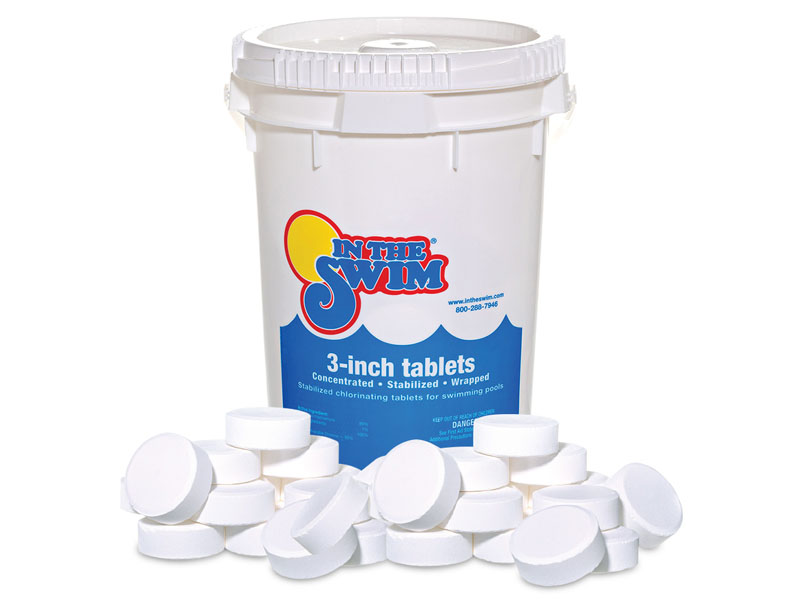Properly timing your swim after adding chlorine to your pool is essential for ensuring both safety and enjoyment. Chlorine plays a crucial role in sanitizing pool water, making it safe from harmful bacteria and algae. However, jumping in too soon after a chlorine addition can lead to skin irritation and other unwanted effects. This guide provides detailed insights into the best practices for chlorine addition and the ideal waiting period before taking a dive.
Understanding Chlorine's Role
Chlorine serves as the frontline defense against pathogens in pool water. By adding it to your pool, you're essentially deactivating harmful microorganisms and ensuring the water is clean and safe for swimming. However, the chemical needs time to distribute evenly throughout the pool and effectively sanitize the water.
Optimal Timing for Your Swim
When to Dive In:
After adding chlorine, the general recommendation is to wait until the chlorine levels fall within the safe range of 1 to 3 parts per million (ppm). This can typically take anywhere from 4 to 24 hours, depending on factors such as pool size, the amount of chlorine added, and the initial water chemistry.
For detailed guidance on waiting times, consider visiting how long after adding chlorine to pool can you swim, which offers extensive insights into safe swimming post-chlorine addition.
Testing the Waters:
Before you leap into the pool, testing the water is a crucial step. You can use a reliable pool test kit to measure the chlorine levels and ensure they are within the safe swimming range. Always prioritize safety by confirming the chlorine levels are appropriate for swimming.

Factors Influencing Wait Time
Several factors can affect how long you should wait after adding chlorine:
- Pool Size and Volume: Larger pools require more time for the chlorine to distribute evenly.
- Type of Chlorine Used: Liquid chlorine integrates faster than chlorine tablets or granules.
- Water Temperature: Warmer water can accelerate the chlorine's dissolving process.
- Initial Water Chemistry: The presence of contaminants or a high pH level can necessitate a longer wait time.
Final Thoughts
Adding chlorine to your pool is a routine part of maintaining a clean and safe swimming environment. However, ensuring you wait the appropriate amount of time before diving back in is crucial for your health and well-being. By following these guidelines, you can enjoy a safe and refreshing swimming experience.
Remember, the key to a healthy pool lies not just in regular chlorine addition but also in consistent water testing and maintenance. Happy swimming!
